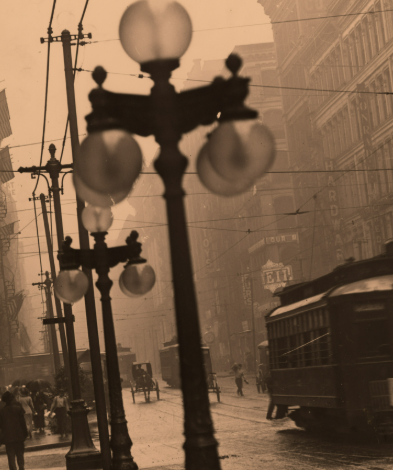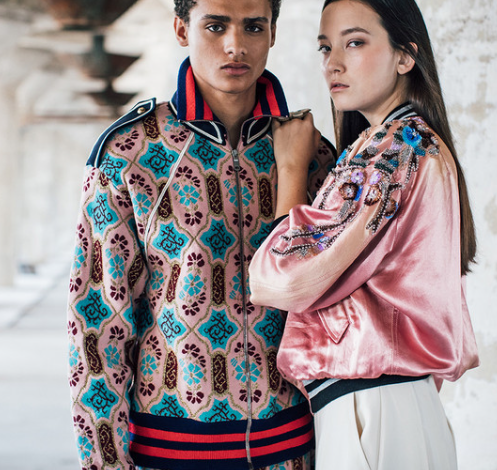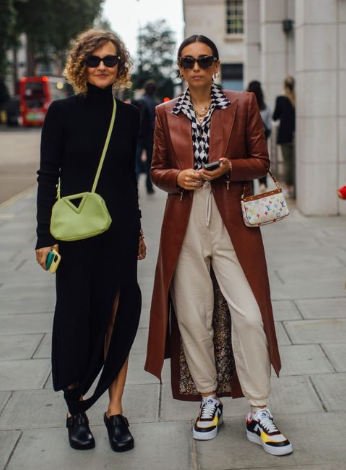
Understanding Urban Culture in the United States: History, Influence, and Modern Impact
Urban culture in the United States is a product of history, migration, and social transformation. Rooted in industrial development and shaped by diverse communities, it reflects the dynamic nature of American city life. From cultural values to political leanings, urban culture has continued to evolve and influence the nation’s identity in significant ways.
The Origins of Urban Culture
The foundations of American urban culture were laid during the late 19th and early 20th centuries, a period marked by rapid industrialization and mass immigration. In 1870, only a couple of U.S. cities had populations exceeding 500,000. By 1900, that number had grown, creating the conditions for distinct urban communities to form. These cities became melting pots where people of different backgrounds blended traditions and created new, shared ways of life.
Migration and Cultural Fusion
A major factor in the shaping of urban culture has been the migration of African Americans from rural areas to urban centers, particularly after World War II. Initially, most of the African American population lived in rural parts of the South, but economic opportunities and the pursuit of better living conditions drew many into northern and western cities. Their contributions played a key role in shaping modern urban culture, especially in terms of music, fashion, language, and political expression.
Modern Urban Culture and Its Impact
Today’s urban culture is deeply intertwined with multicultural influences, often mirroring African American traditions and experiences, while also integrating diverse immigrant perspectives. It has developed into a vibrant lifestyle that includes unique attitudes toward social and political issues.
Urban communities tend to lean progressive on many social topics. For instance, residents in cities are generally more supportive of issues like abortion rights and same-sex marriage. There’s also broader support for government involvement in addressing economic challenges. In contrast, rural communities often take more conservative stances on these same issues and are more likely to favor limited government intervention.
Urban vs. Rural Perspectives
These cultural differences also appear in political affiliations. Urban voters typically favor the Democratic Party, while rural areas more commonly support Republican candidates. This divide extends beyond party lines and reflects broader contrasts in worldviews shaped by environment and daily experiences.
Even within party affiliations, differences persist. For example, urban Democrats are more likely to support immigration and view it as beneficial to the economy, while rural Republicans may express concern about the social impact of such changes. These contrasts illustrate how urban life not only shapes individual perspectives but also contributes to broader national debates.
New York as a Cultural Hub
New York City stands as a prime example of how urban culture takes shape. With its history of immigration, creative innovation, and political activism, the city encapsulates the spirit of modern urban identity. From its neighborhoods to its institutions, New York reflects the values, tensions, and diversity that define urban culture across the country.
Looking Ahead
Urban culture will continue to influence American society as cities grow and evolve. Its diversity, adaptability, and openness to change make it a powerful force in shaping everything from politics to pop culture. Understanding urban culture offers insight not only into how cities function but also into the social shifts that drive the nation forward.






